Do we have trend fatigue for 2025? Designers think the era of decor trends is over – but what's replacing them is rich and characterful
Trend fatigue is a new condition, and a result of people wanting their homes to feel personal to them, rather than like everyone else's. Here's what to follow instead of the trends
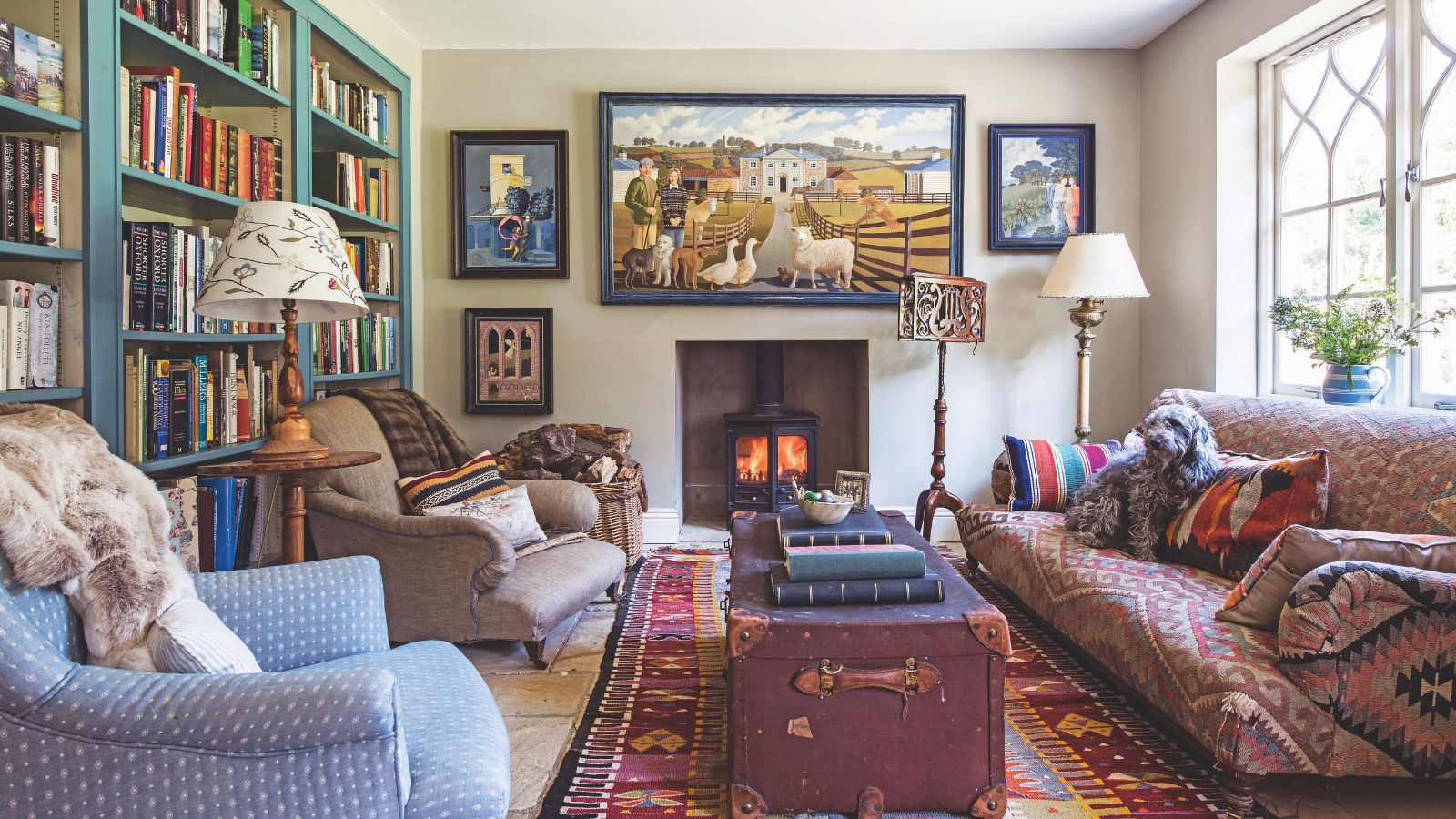
I recently hosted a panel discussion with some interior designers. The subject we'd been asked to talk about was 'Decor Trends for 2025' and the groans of dismay from my guests were louder than a room drenched in hyper green (one of this year's big colors).
'I just don't really believe in trends,' said one of my speakers. 'I don't follow them, or know about them,' said another. I brought this up at the start of the discussion, in front of a room full of other designers who had come to listen, and who all nodded in agreement. It seems that we have trend fatigue, and the idea of slavishly following them is as over as, say, 2019's vogue for 'Neo Mint' walls.
But! Design trends are not as much a thing of the past as you might think. If they were, why would so many modern kitchens have light countertops instead of dark? Why would Farrow & Ball be releasing two types of new terracotta and no new grays in its color chart update this month? Zeitgeists are still taking over, ideas are still taking hold. It's just that interior design trends are moving differently than before, and are more insidious. And trend fatigue is, perhaps, the biggest trend right now.
So in the face of this understanding, what does the idea of a trend look like now?
Design choices are being made for their sustainability
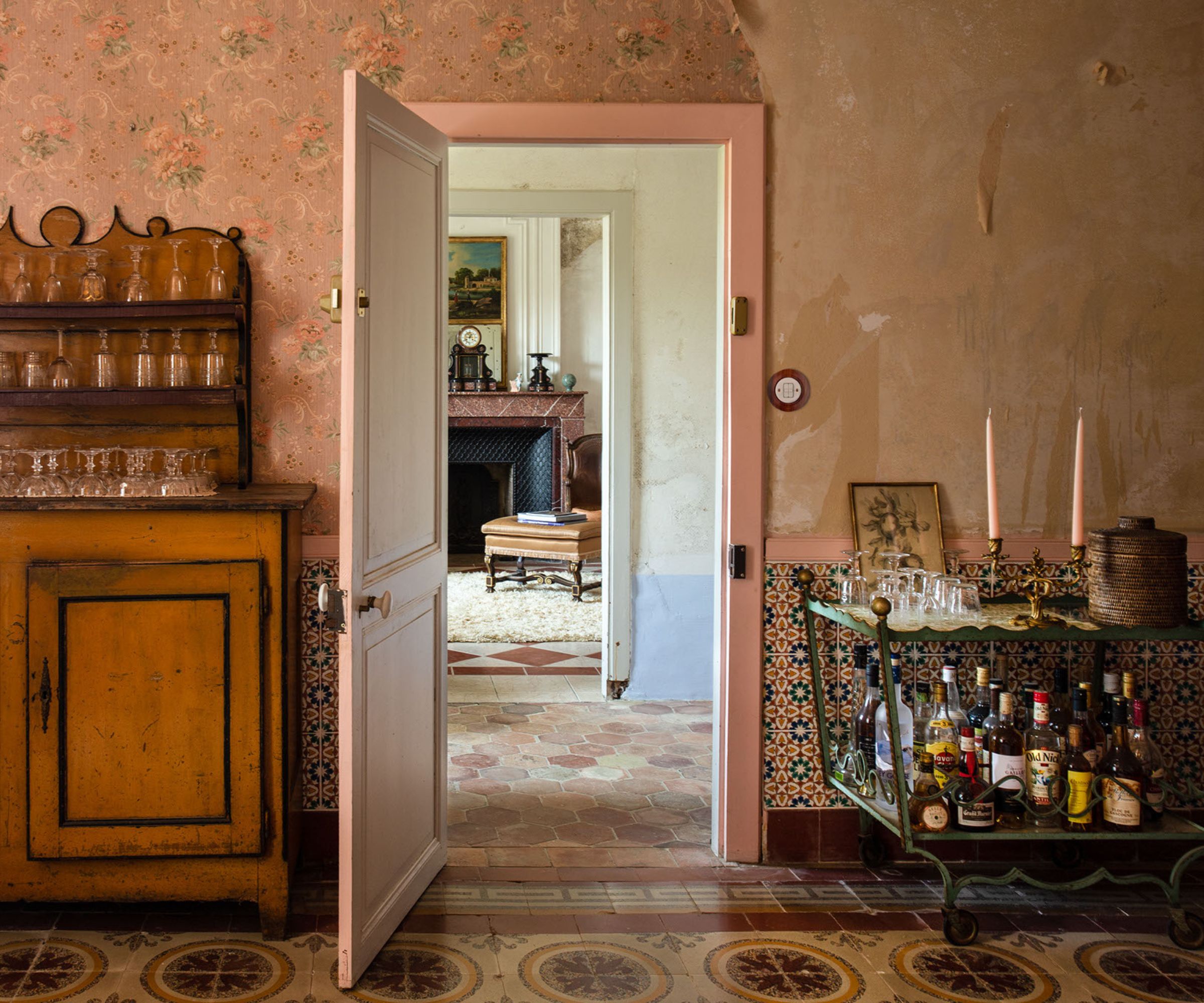
Part of the reason that trend fatigue has set in is because constant newness feels a bit gross in an era where sustainability needs to be paramount. Continually buying new pieces so as to keep up with the trends doesn't feel very green.
'We have to be more sustainable, we have to reuse and give new life to pieces we already own,' says the interior designer Stephanie Barba Mendoza. 'People want to feel like their homes will last, and a lived-in place is so much more appealing and warm than a place that is just filled with current design trends.'
This sentiment has resulted in new trends causing nothing but fatigue, and an embrace of working with what you already have. There has been a general move towards decorating with antiques in even the most contemporary of spaces in the past year and people have been rediscovering the joy of heirlooms or vintage hand-me-downs that don't have the shiny newness of, say, a scalloped side table (which is so 2023 anyway). 'There is a charm and warmth when a house feels lived in, has a story to tell, and is filled with all the little bits and pieces collected over the years,' Stephanie says.
This sentiment is hard to argue with – homes do feel warmer when its furniture looks lived in. And the acknowledgment of this belief is what kickstarted 'trend fatigue.'
Trends don't last
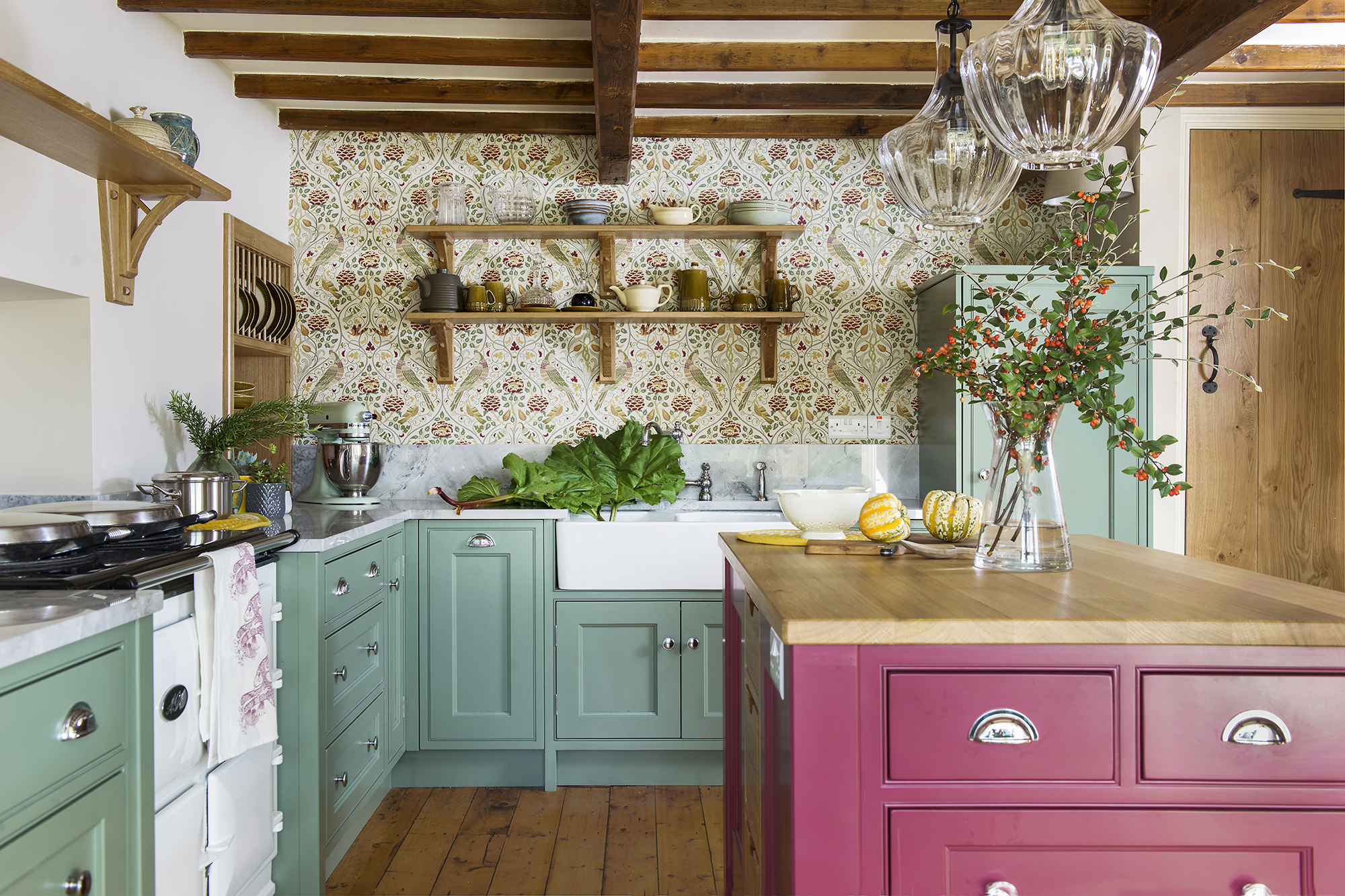
By the same token, the designer Lizzie Deshayes, co-founder of the luxe wall coverings brand Fromental, points to the fact that it's the fleeting nature of trends that is so unappealing right now.
'We want things that will last for 50 years or more,' she says. 'Look at the work of William Morris [used on the kitchen wall, above], still going strong centuries after it was originally designed. People are returning to those historical references now, those timeless ideas of pattern and color that stand the test of time. Boldness and beauty always lasts, they're not "just" a trend.'
You don't need to look to trends to find beautiful things for your home
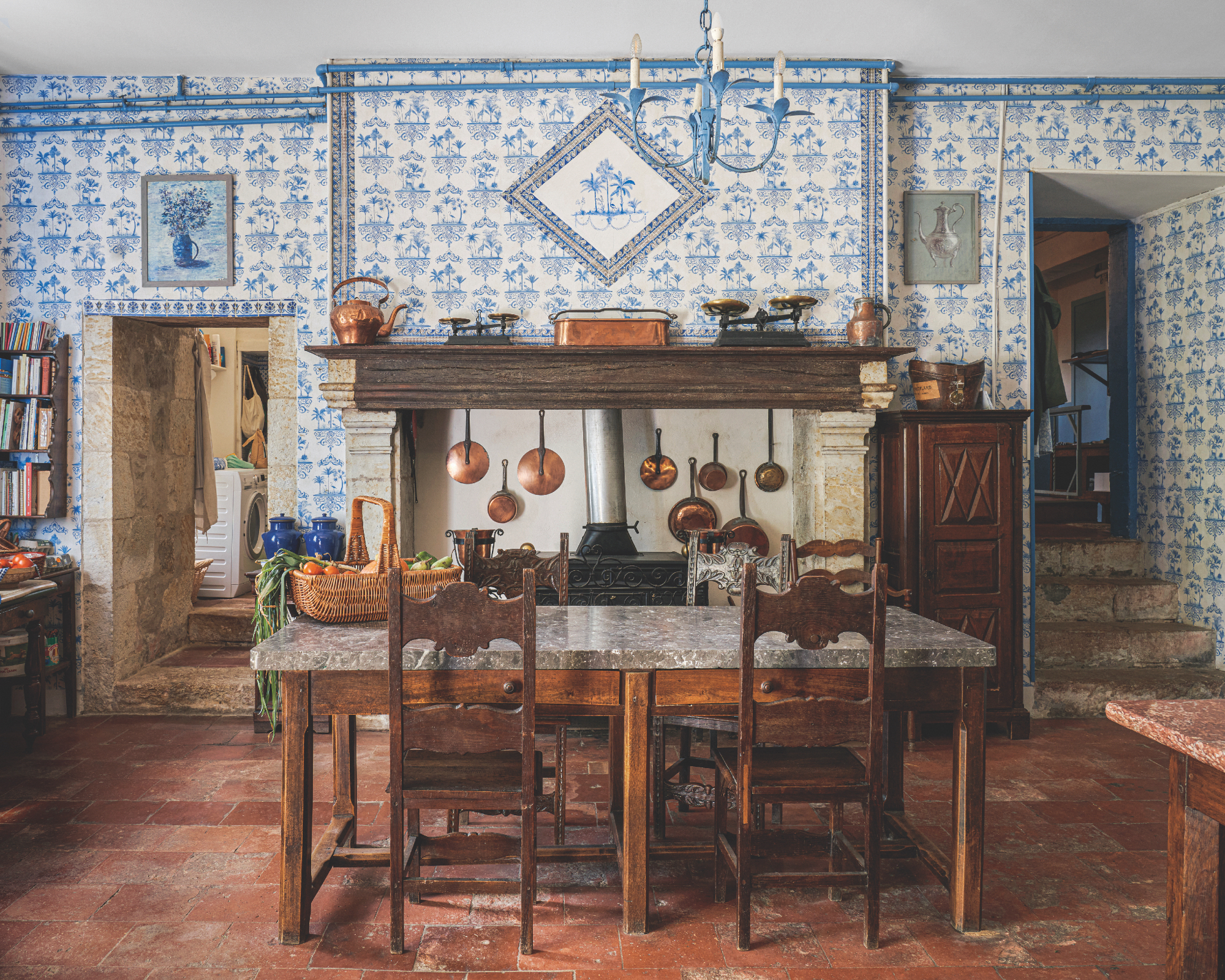
Mass consumption feels draining, and consumerism is getting exhausting. That the idea of new trends is wrapped up in them both means they start to feel wearing by association. And besides, there is a real understanding that beauty can come from anything you love, whether it's part of a trend or not.
'Old things have soul and a story,' says Ellen Cumber, founder of Golden Design, in agreement with Stephanie. 'An old lamp from your grandmother's house is personal enough that it elevates the things you display it with. But it can be tricky to curate that into a contemporary home, and that's what most of our clients come to us for.'
'They're no longer asking us to follow a trend for them, instead, they help to make their homes feel like them, but also cohesive. It's for this reason that trends don't seem to permeate the mainstream anymore – there's no one thing you read about in a magazine that you then see in everyone's homes. It's not the 1990s anymore, we're tired of all our homes looking the same, and there is so many more ways than just to decorate.'
The kitchen, above, is filled with antiques and family belongings that can only be gathered over decades, and could never be confined by being called a trend.
Trends don't work with our specific emotional responses
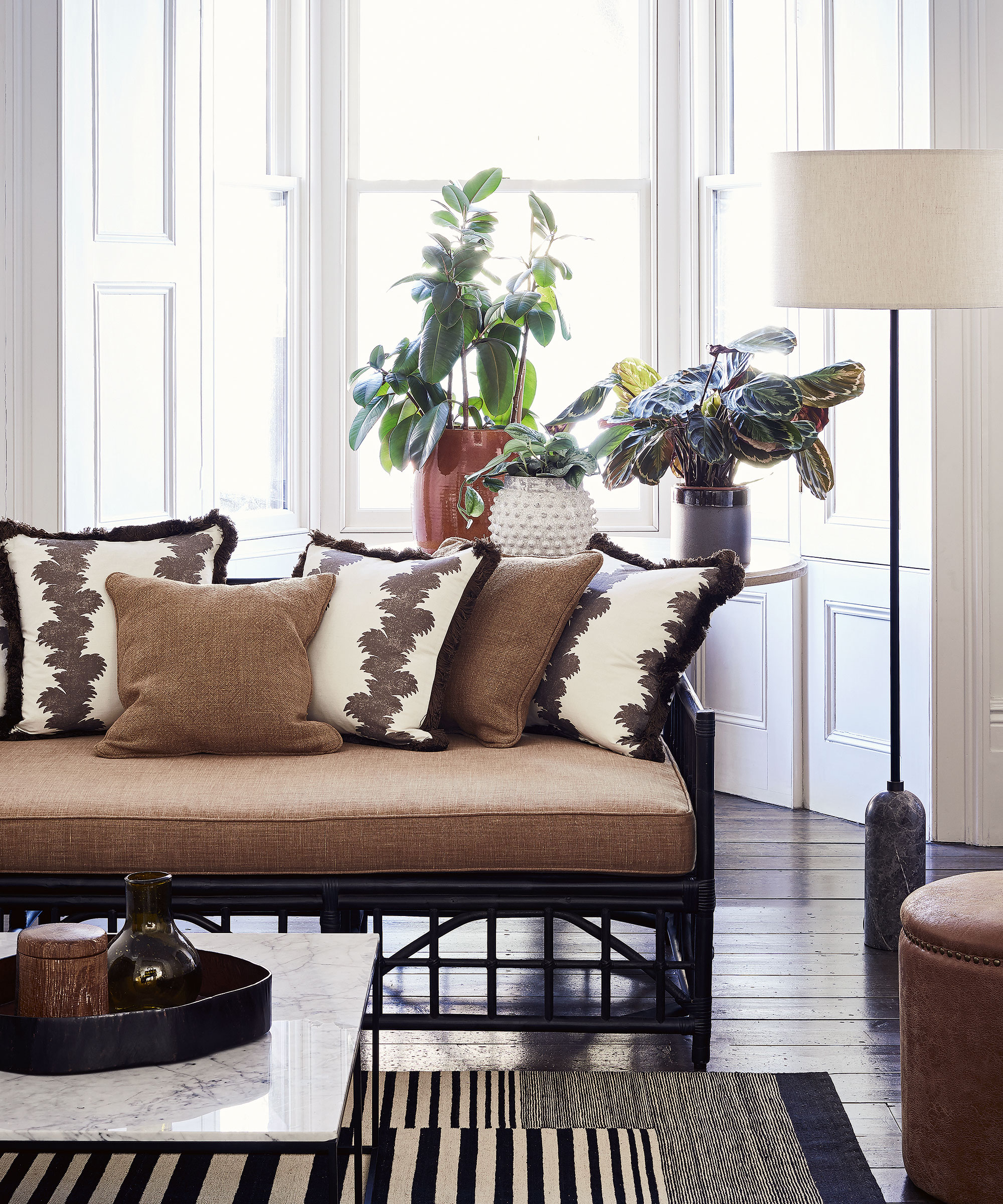
Before 2020, all we ever really thought about was how a room looked. Which colors might go best together, which textures might look most appealing. Since 2020, the focus has shifted squarely onto how a room feels, and whether it provides you with the emotion you're after (calm, joy, and so on).
Emotional responses are very personal, and so designers have been creating schemes based solely on their clients, less bothered about whether it's on trend. Decorating with brown, for example, is soothing for some, but there is no way it would be right for everyone.
'Clients come to me and say they want something because they hear it's trending, but I always tell them it's not about trends,' says the interior designer Margot Tsim. 'Decor has to be about you as a person, what you can live with for a long period of time without getting bored. A home is so personal that it needs not to follow trends in order to have longevity.'
And this is why designers – and so many of us – are now feeling trend fatigue. We just want our homes to feel like us, and to be seen as individuals. We want our homes to nurture us in the way we want to be nurtured, not how 'the trends' tell us we ought to want to feel. This is the dawn of a new era in design, where trends are being replaced by sentiments, and design is about our personality.
Sign up to the Homes & Gardens newsletter
Design expertise in your inbox – from inspiring decorating ideas and beautiful celebrity homes to practical gardening advice and shopping round-ups.
Pip Rich is an interiors journalist and editor with 20 years' experience, having written for all of the UK's biggest titles. Most recently, he was the Global Editor in Chief of our sister brand, Livingetc, where he now continues in a consulting role as Executive Editor. Before that, he was acting editor of Homes & Gardens, and has held staff positions at Sunday Times Style, ELLE Decoration, Red and Grazia. He has written three books – his most recent, A New Leaf, looked at the homes of architects who had decorated with house plants. Over his career, he has interviewed pretty much every interior designer working today, soaking up their knowledge and wisdom so as to become an expert himself.
You must confirm your public display name before commenting
Please logout and then login again, you will then be prompted to enter your display name.
-
 Worst-smelling plants to avoid – experts reveal 5 pungent species and suggest perfumed options to grow instead
Worst-smelling plants to avoid – experts reveal 5 pungent species and suggest perfumed options to grow insteadThese are some of the worst-smelling plants that can cause quite a stink
By Thomas Rutter Published
-
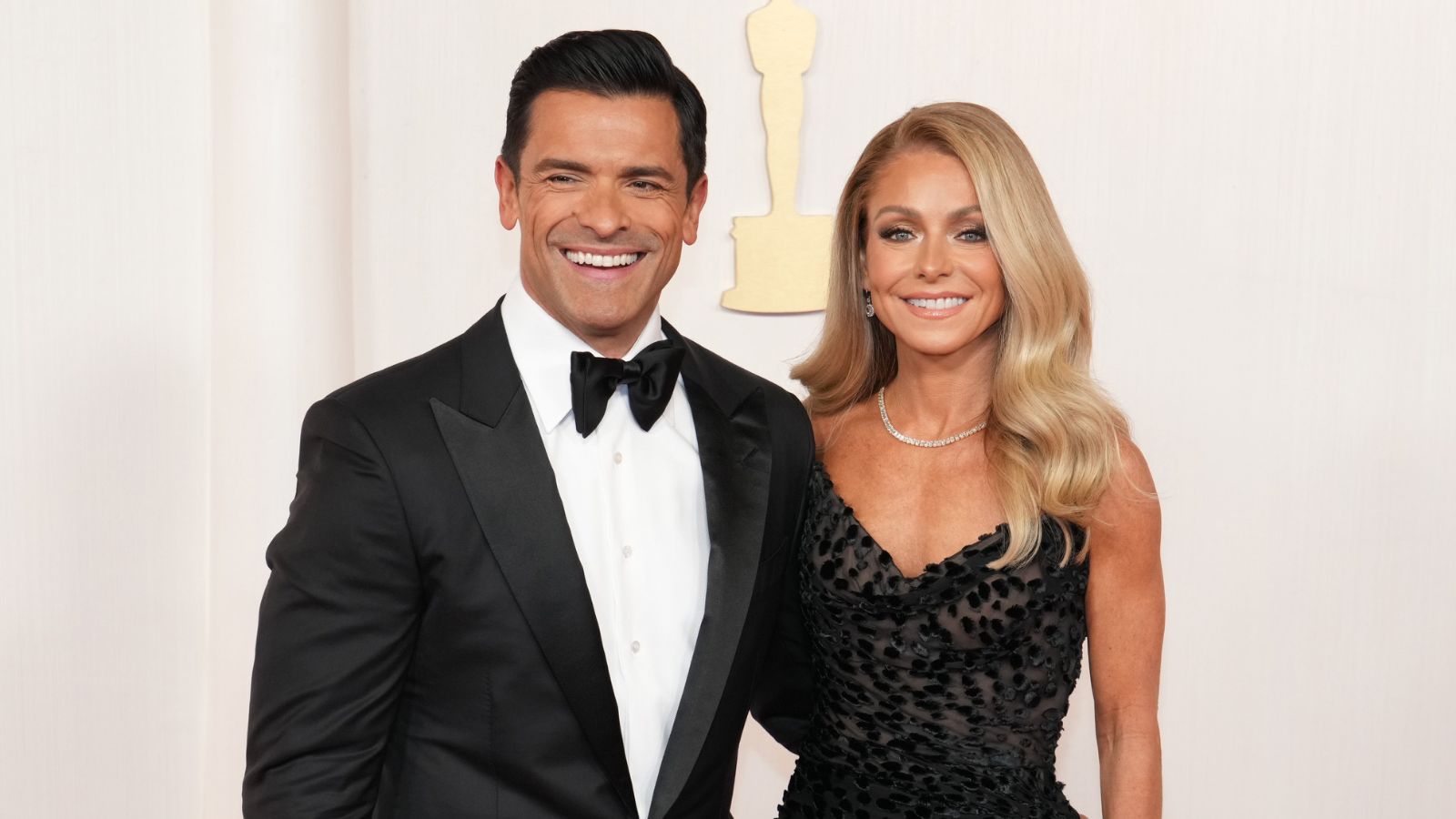 Kelly Ripa and Mark Consuelos's dining room shelves combine unexpected elements for the ultimate storage solution – it's multi-functional and replicable
Kelly Ripa and Mark Consuelos's dining room shelves combine unexpected elements for the ultimate storage solution – it's multi-functional and replicableGreen shelves in Kelly Ripa and Mark Consuelos' dining room cleverly combine storage to accomplish separate purposes in a pretty way
By Sophie Edwards Published
